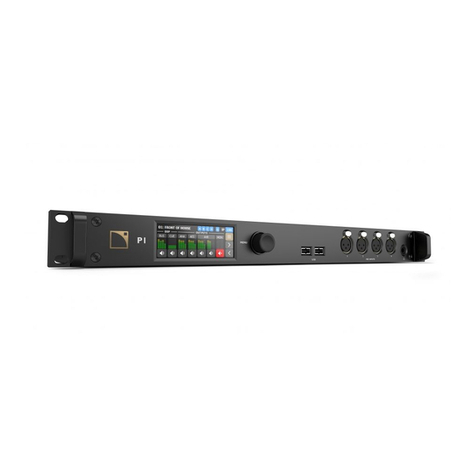
Plugging to AC mains................................................................................................................... 23
Power consumption........................................................................................................................23
Operation........................................................................................................................................................ 24
Powering on/off..................................................................................................................................... 24
Front panel LEDs.....................................................................................................................................24
CONTROL.................................................................................................................................... 24
STATUS........................................................................................................................................ 25
SYNC.......................................................................................................................................... 25
WORD.........................................................................................................................................25
IN/OUT....................................................................................................................................... 26
Emergency USB key................................................................................................................................ 26
Preparing and updating the emergency USB key..............................................................................26
Rebooting L-ISA Processor II using the emergency USB key................................................................ 27
Other operations.....................................................................................................................................27
Corrective maintenance..................................................................................................................................... 28
Introduction.............................................................................................................................................28
Presentation.................................................................................................................................. 28
Equipment and tools......................................................................................................................28
Screws and fasteners repair kit...................................................................................................... 29
Troubleshooting and diagnosis................................................................................................................. 29
Power issues................................................................................................................................. 29
Interface issues..............................................................................................................................29
Network issues..............................................................................................................................30
Sound issues.................................................................................................................................30
L-ISA Processor II exploded view.............................................................................................................. 32
External modules...........................................................................................................................32
Disassembly and Reassembly procedures.................................................................................................. 33
D/R - Grill....................................................................................................................................33
D/R - Handles.............................................................................................................................. 34
D/R - Front brackets......................................................................................................................35
D/R - Rear brackets...................................................................................................................... 36
D/R - Rear brackets support screws................................................................................................ 37
D/R - Rear connectors brackets...................................................................................................... 38
Specications................................................................................................................................................... 39
General................................................................................................................................................. 39
Inputs and outputs...................................................................................................................................39
Remote control and monitoring.................................................................................................................40
Physical data..........................................................................................................................................40
4




























